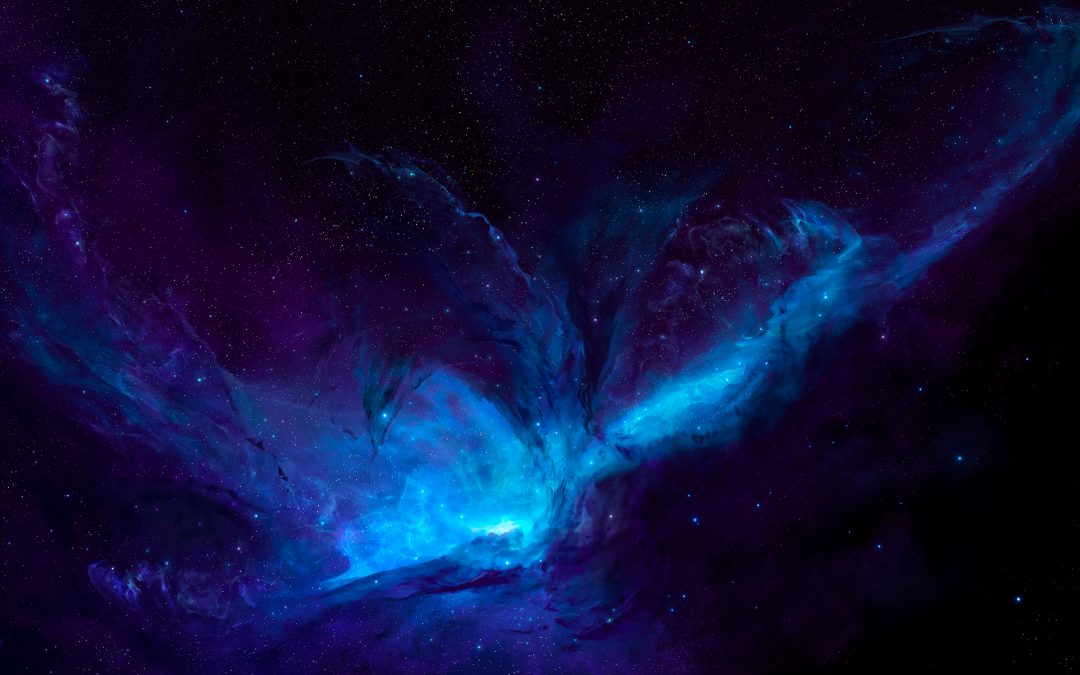
Work with us! New positions opened in SpaceRobotics.EU
Thinking about working with us? Fill out this form and send us an email with your CV. We will contact you if a position suits your profile. Currently, we are opening new projects in the Virtual Reality, Robotics and Education departments. Check out the following...

New Astronaut LiLi’s spacecraft for education – Photocall, live sessions, and 3D animations
In an exciting step towards the future of space education, SpaceRobotics.EU has created the innovative spacecraft of Astronaut LiLi, specially designed for their revolutionary Interplanetary Journey project, aimed at enhancing the educational experience through videos...

First real simulation Gateway VR for Space Agencies
Nubalo Studios S.L. has created a new virtual reality (VR) experience about the Lunar Gateway Space Station. This experience, named "Exploring Space with VR," has been specially designed for astronauts working and living on the station, allowing them to immerse...

Exhibition about the Gateway at the Lunar Museum of Fresnedillas de la Oliva
The Lunar Museum of Fresnedillas de la Oliva has premiered its new exhibition on a scale model of the Gateway Space Station, the first station in orbit around the Moon. It is a fundamental component of the Artemis program, born from an international collaboration led...
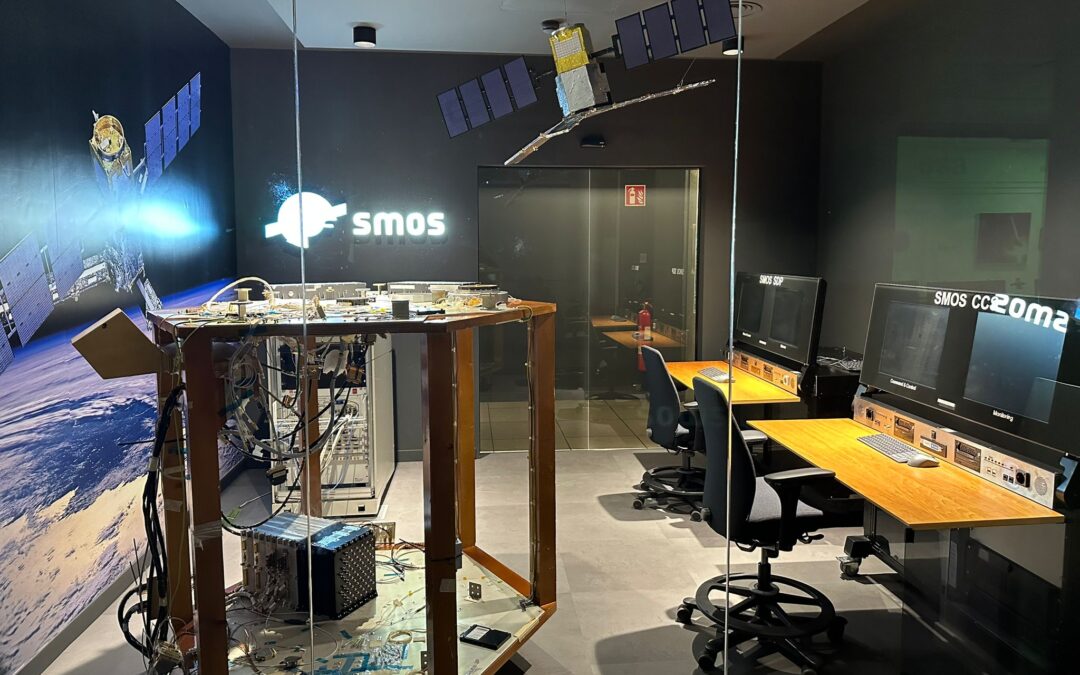
SMOS scaled mockup for the European Space Agency
The European Space Agency (ESA) has once again enlisted the collaboration of the specialized team at Nubalo Studios to design and manufacture a detailed 1:6 scale model of the SMOS satellite. The Soil Moisture and Ocean Salinity (SMOS) satellite, launched in 2009,...
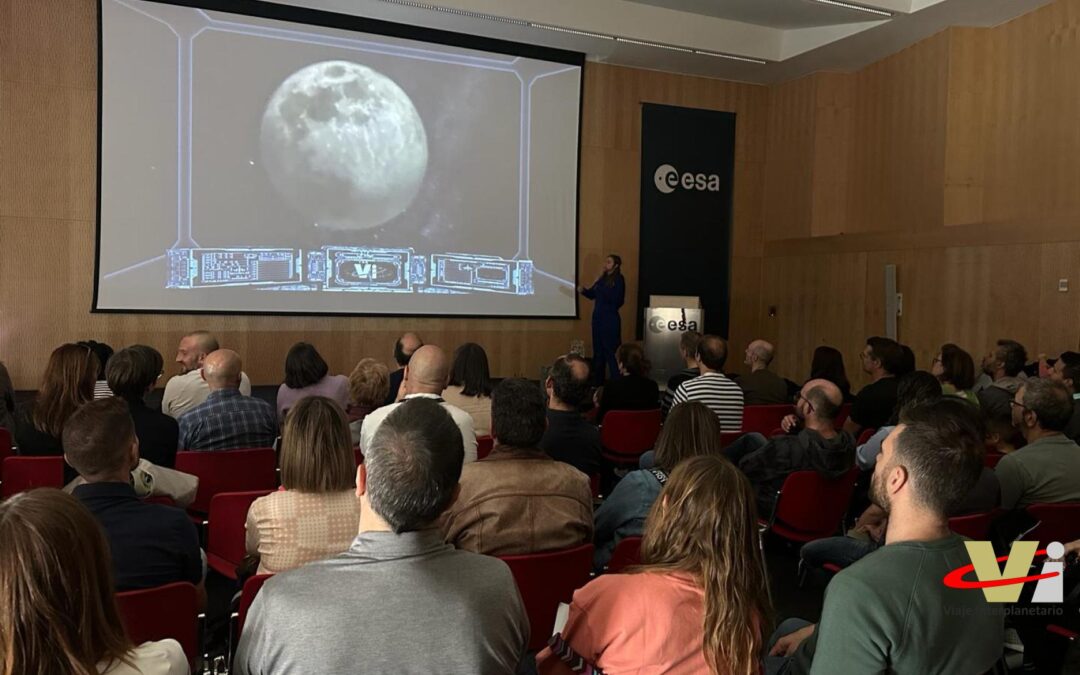
ESA Open Day 2023
SpaceRobotics.EU has once again participated in the celebration of the ESA Open Day at the facilities of the European Space Astronomy Centre (ESAC) in Villafranca del Castillo. In collaboration with the outreach team led by the space communicator Astronaut LiLi, we...

New scaled design of the ESA’s Sentinel-1 satellite
The SpaceRobotics.EU team has unveiled its latest creation: a detailed scale model of the Sentinel-1 satellite from the European Space Agency (ESA). The impressive replica, crafted with millimeter precision, underscores SpaceRobotics.EU's commitment to excellence in...
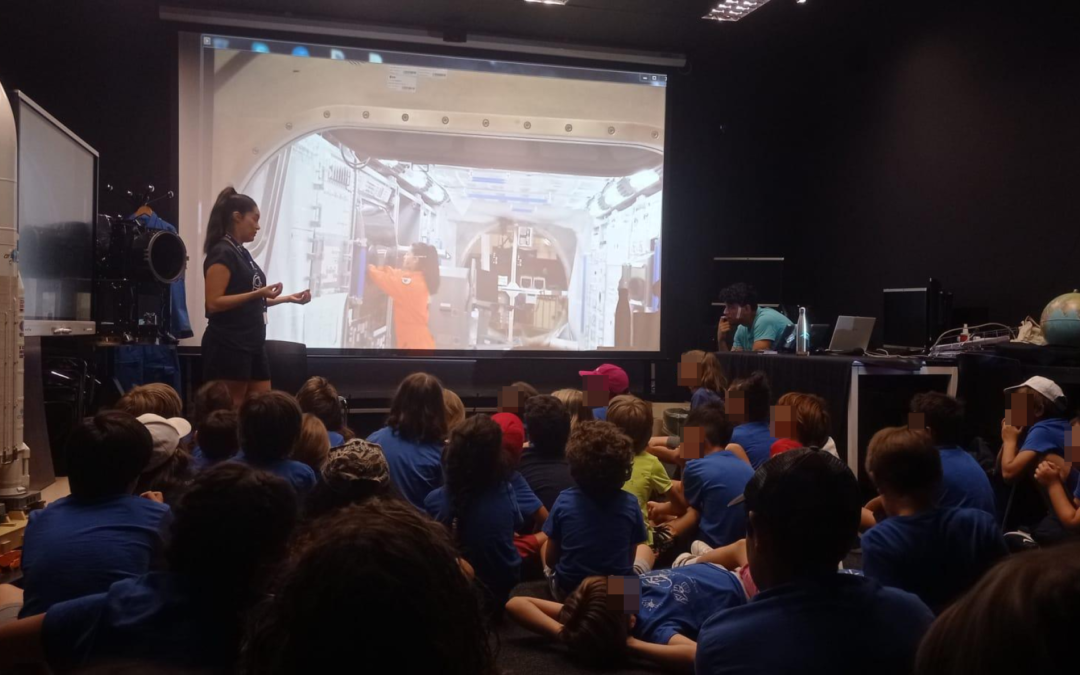
Celebration of the IX Space Summer School and II Youth Space Summer School
The European Space Astronomy Centre (ESAC) of the European Space Agency (ESA) brought together around a hundred young enthusiasts of space exploration, successfully hosting the ninth edition of the Space Summer School and the second edition of the Youth Space Summer...
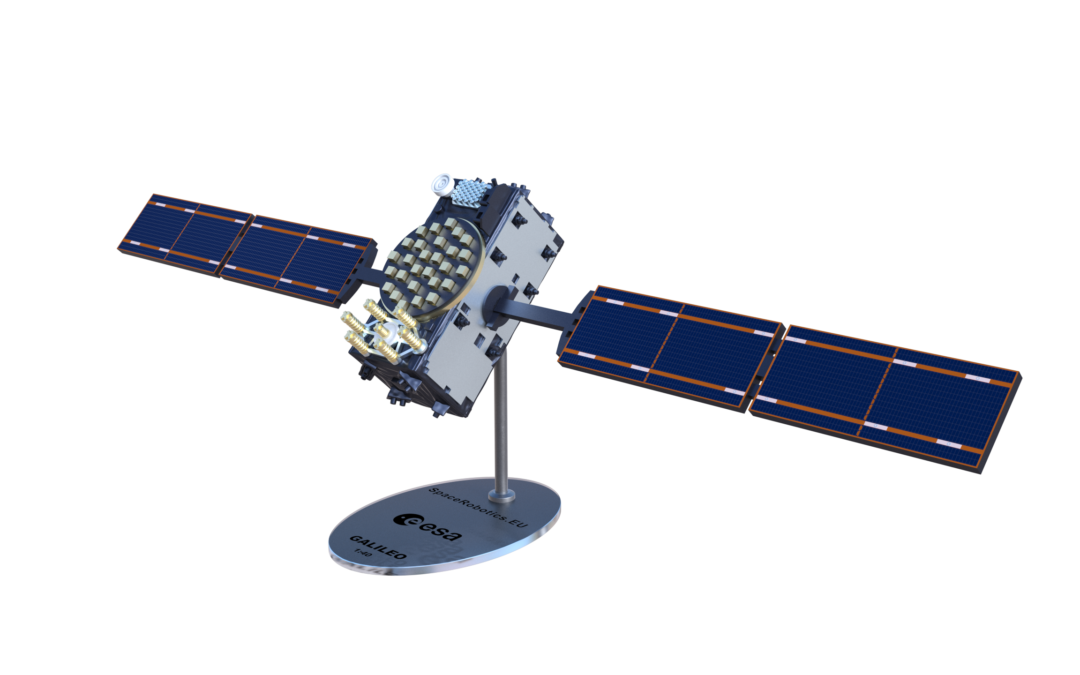
New Designs for the Scale Model of ESA’s Galileo Satellites
The latest project undertaken by the SpaceRobotics.EU team involves the new base design and scale model for the Galileo satellite. This meticulously crafted 3D model was commissioned by the prestigious Galileo program of the European Space Agency (ESA) The scale...

New 3D Satellites for the European Space Agency – Earth Observation
At Nubalo Studios S.L., we are specialized in creating scale satellites of space missions, managing the entire design and manufacturing process to ensure precision and authenticity in every detail. In recent months, we have worked on constructing replicas of Aeolus,...
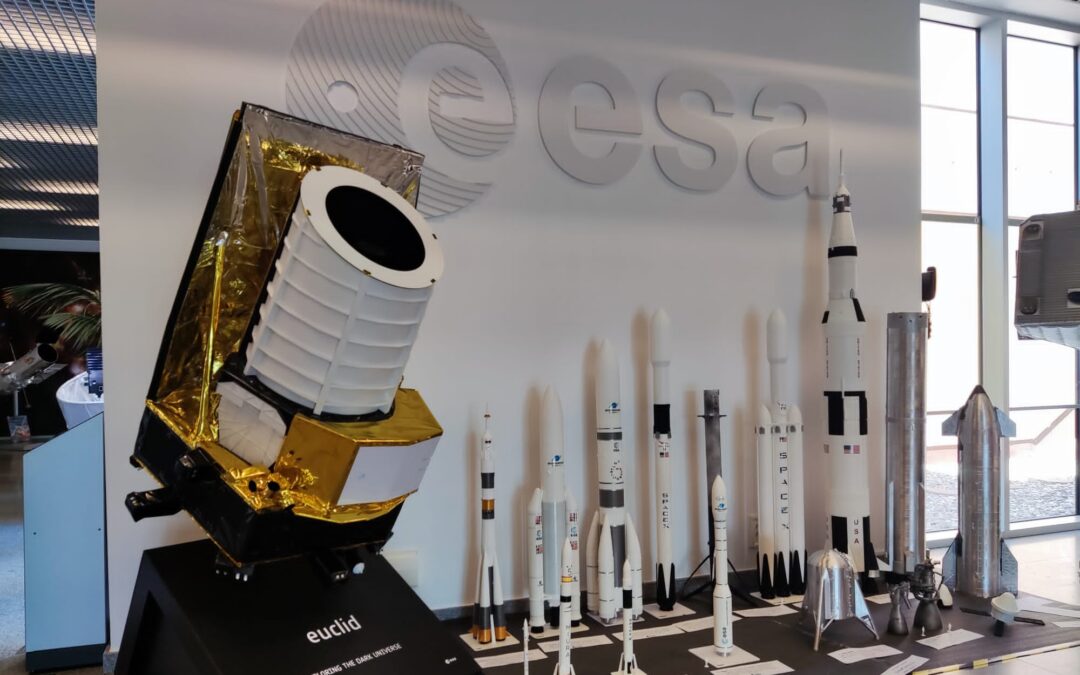
New exhibition featuring the most significant Space Launchers in history
We inaugurate a new exhibition of 1:50 scale rockets, a fascinating collection created by SpaceRobotics.EU. The exhibition showcases detailed models of some of the most iconic rockets in the history of space exploration. Each model has been meticulously crafted to...
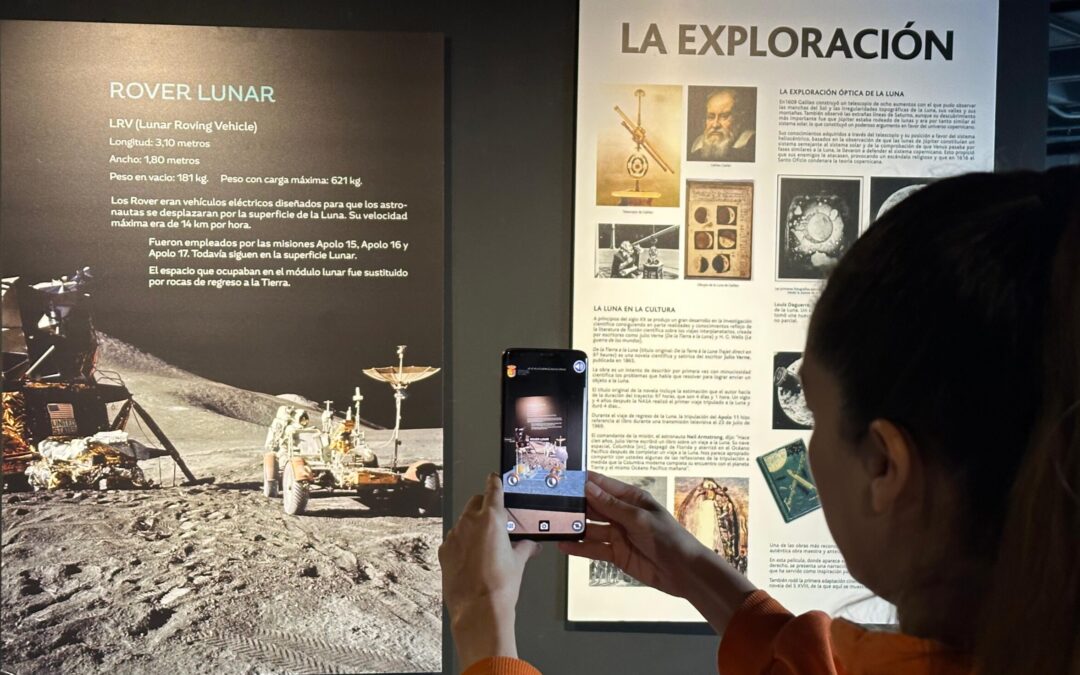
Update of the Lunar Museum’s AR Application
The Lunar Museum, located in Fresnedillas de la Oliva (Madrid, Spain), near the old NASA Manned Spaceflight Tracking Station, has recently announced a new update to its augmented reality (AR) application. This update includes several improvements and new features that...

Space exhibitions for museums and events
The company Nubalo Studios S.L. is one of the world's leading exhibition design and production companies for fairs and museums. Since our beginnings, we have worked for different space agencies and educational institutions, creating innovative and attractive...

Space visitor center open to the public
The Visitor Center of the Roque de los Muchachos Observatory (ORM) was inaugurated in December 2021 with great expectations and promised to be a modern and technological space where visitors could learn about astronomy and cosmology, and discover the telescopes and the history of ORM in an entertaining and friendly way

Design and creation of personalized 3D puzzles
In order to stay at the forefront and offer our customers unique and innovative products, at Nubalo Studios S.L. we have decided to design and create a 3D puzzle of the Rosalind Franklin rover, which will be heading to Mars

Spain in Mars – Brand new exhibition
Touch screens, holograms, and scaled models to learn about Spanish participation in the exploration of our closest planetary neighbor. Science communication has always been one of the main areas of interest for SpaceRobotics.EU. Since we began working on our project...
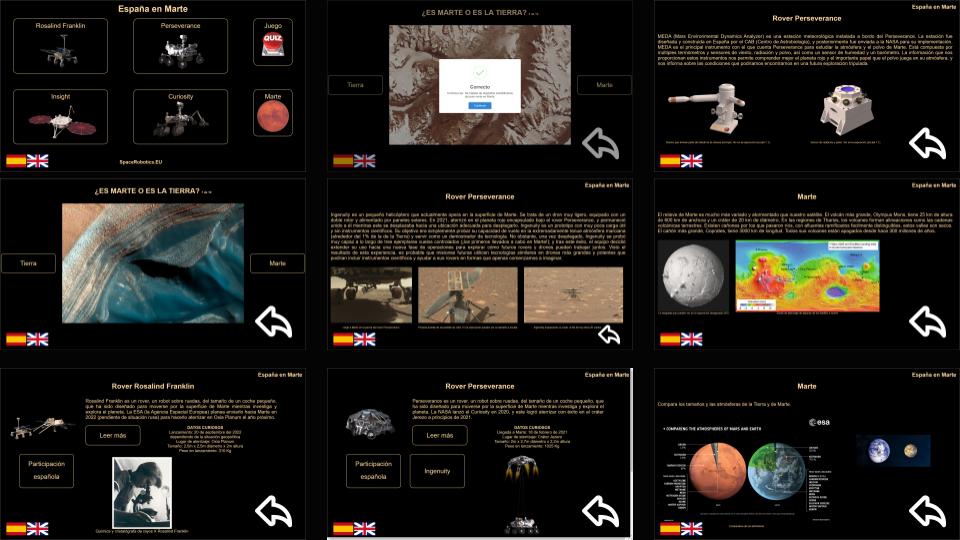
New interactive software for museums
Interactive modules are a very useful tool to improve the visitor experience in museums and other cultural institutions. At Nubalo Studios S.L., we have developed a series of software for interactive modules that have been used in different museums and exhibitions.
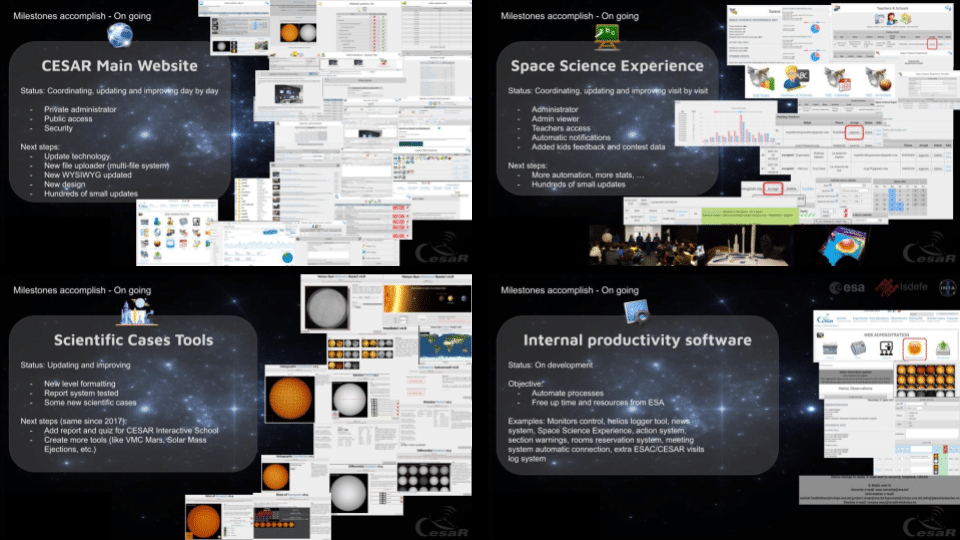
Full web platform creation for educational visits to the Lunar Museum and the European Space Agency
visitas educativas de colegios de diferentes temporadas. Nubalo Studios S.L., empresa líder en el desarrollo de plataformas web, ha desarrollado estos proyectos.
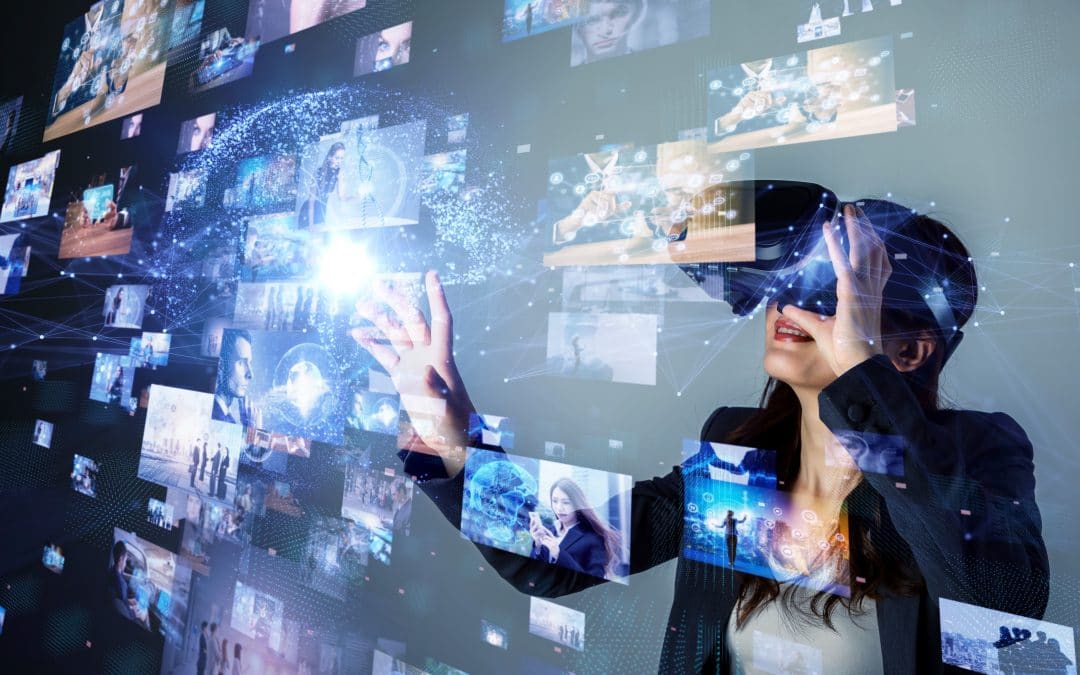
Virtual Reality Controlled Talks – Master Class VR
At SpaceRobotics.EU we are passionate about technology development and we are always looking into new things coming out. Since tech on its own is worthless unless it’s serving an ulterior purpose, we also look for activities and industries that may benefit from these...

Four years collaborating with “Astronomía” magazine
"Astronomía" was the first Spanish magazine entirely dedicated to astronomy and astrophysics communication. For almost forty years they've been doing an explendid job as science communicators, and between the on-paper versión and the newest on-line one, they've...
